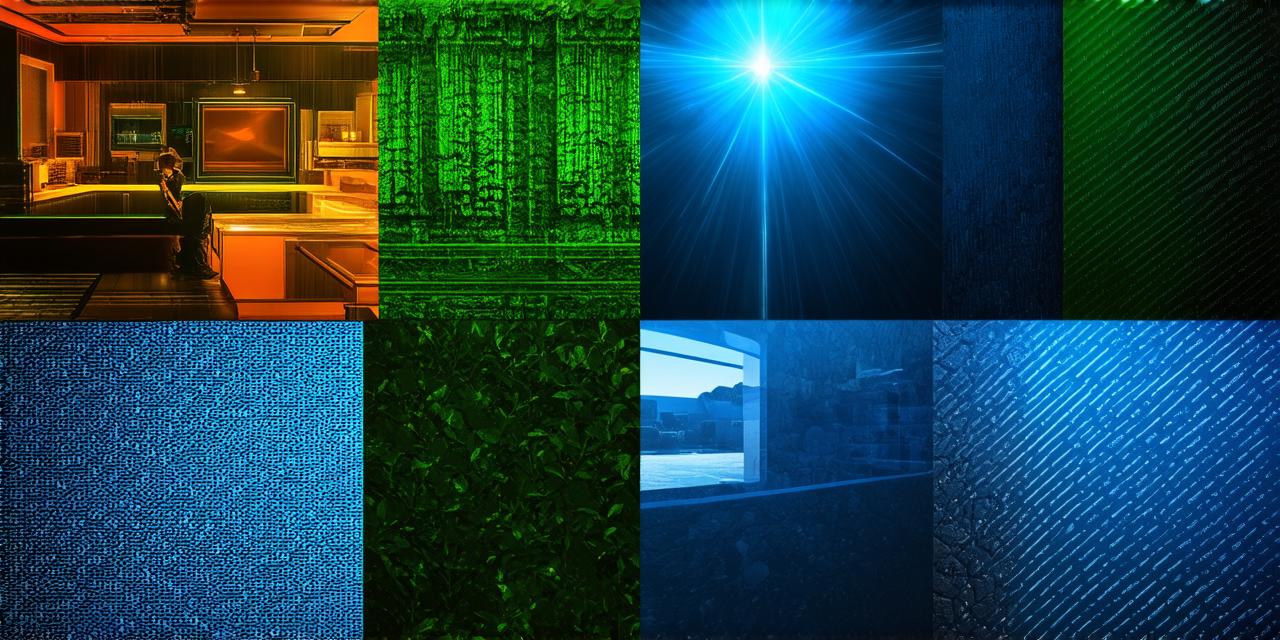Virtual reality (VR) technology is an exciting field that has been developing rapidly in recent years. Many people may think that VR is a relatively new invention, but the concept has actually been around for quite some time. In this article, we will take a closer look at the history of virtual reality, from its early beginnings to its current state and future prospects.
The Early Days of Virtual Reality
One of the earliest examples of VR can be traced back to 1968 when Ivan Sutherland created the first head-mounted display (HMD) called the “Sword of Damocles.” This device was a large, bulky contraption that attached to a user’s head and provided a limited view of a virtual environment. Despite its limitations, the Sword of Damocles laid the groundwork for future VR devices.
In the 1980s and 1990s, several researchers and companies began experimenting with VR technology. One of the most notable examples was the development of the “Cybersuit” by the U.S. military in the 1980s. This device was a full-body suit that provided a realistic simulation of combat environments for training purposes.
Another pioneering company in VR technology was Silicon Graphics, which developed the first commercial VR system called “Stadium” in 1992. Stadium used stereoscopic displays and tracked movement to provide users with an immersive experience.
The Modern Era of Virtual Reality
In recent years, virtual reality technology has advanced significantly. One of the key factors driving this development has been the rise of smartphones and other mobile devices, which have made it possible to create more lightweight and affordable VR headsets.
One of the most successful VR companies today is Oculus, which was founded in 2012 by Palmer Luckey. Oculus developed the Rift VR headset, which has become one of the most popular VR systems on the market. The Rift uses a high-resolution display and advanced tracking technology to provide users with a highly immersive experience.
Another major player in VR technology is HTC, which released the Vive headset in 2016. The Vive has a room-scale environment and supports hand and body tracking, making it one of the most versatile VR systems on the market.
Virtual reality is not just limited to gaming and entertainment. It also has numerous applications in fields such as medicine, education, and architecture. For example, doctors can use VR to simulate surgeries and train medical students, while architects can use it to design and visualize buildings in 3D.
The Future of Virtual Reality

As virtual reality technology continues to advance, we can expect to see even more innovative applications and uses for this exciting technology. Some experts predict that VR will revolutionize the way we work, learn, and entertain ourselves in the coming years.
One area where VR is likely to have a major impact is in education. With virtual reality, students can explore historical events or scientific concepts in a more immersive and engaging way than ever before. This could lead to better retention of information and a more enjoyable learning experience.
Another area where VR is expected to make a big difference is in healthcare. For example, doctors could use VR simulations to practice complex surgeries or to train medical students in a safe and controlled environment.
Virtual reality could also have a significant impact on the way we work. Imagine being able to attend a meeting with colleagues from around the world, all in a virtual reality environment that feels like you’re in the same room. This could make remote collaboration more effective and efficient than ever before.
